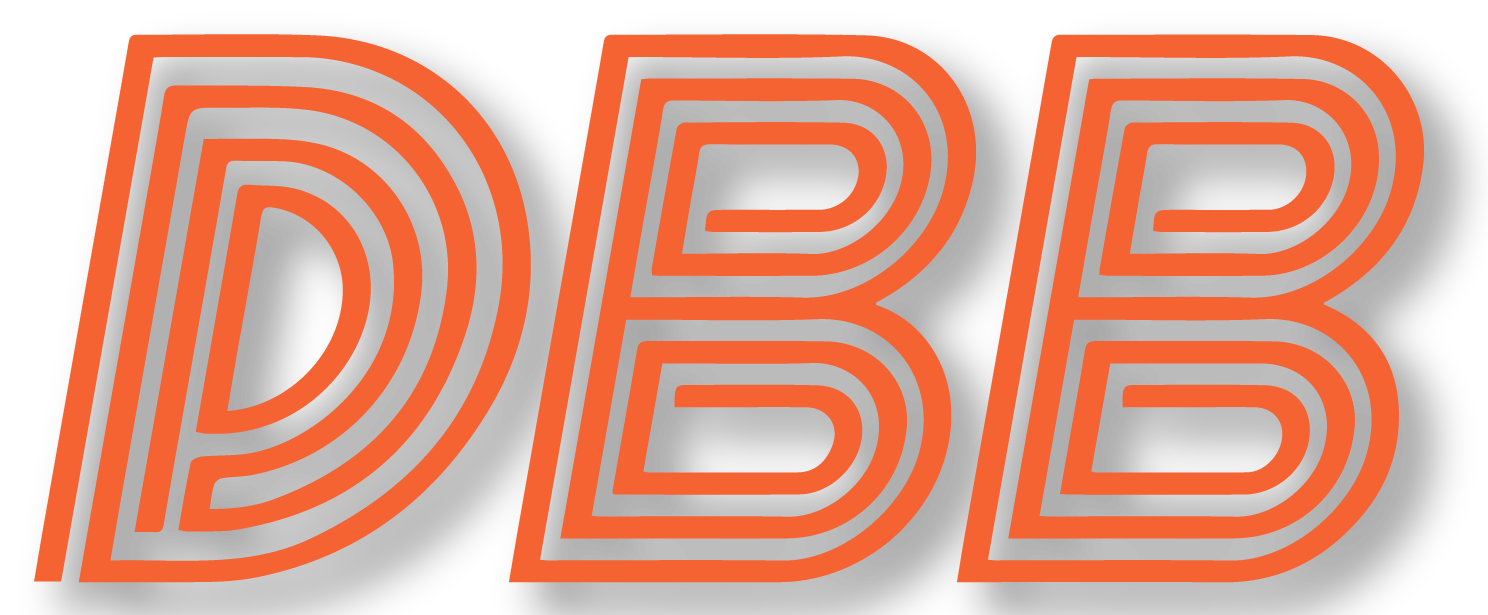Almost everything I’ve looked at so far this offseason has been about the offense, so now I want to shift gears and give some attention to returning players and new veterans on defense. That starts today with a closer examination of the pass rush.
In order to do this, I’m using data from Pro Football Focus (PFF) that examine pressures, wins, sacks, and pass rush productivity. Here’s a quick explainer of what PFF means by some of those that are less obvious:
- Pressure: This is a measure of how often a player bothers the QB – makes him move off his spot, hits him, or sacks him. It will be defined through the % of pass-rushing snaps that count as a pressure, QB hit, or sack.
- Win: this is a measure of how often a player beats their block to impact a play within 2.5 seconds. It will be defined through the % of pass-rushing snaps that count as a win.
- Pass Rush Productivity: this accounts for all sacks, pressures, and QB hits on a per-snap basis, with an added weight given to sacks. PFF doesn’t give an exact formula for how much extra sacks are weighted, but generally a higher number is better.
I’ll examine both all pass rushing snaps and only what PFF defines as true pass sets. These are basically set up to only look at 4-man rushes on standard passing plays, so all screens, play action, designed rollouts, blitzes, 3-man rushes, and exceptionally fast (ball thrown in <2 seconds) or slow (ball thrown in >4 seconds) plays are removed. PFF says that these values tend to be more stable year-to-year, since they are more indicative of actual pass rushing ability.
Edge Rushers
Let’s start by examining edge rushers, where the Bears have three notable NFL veterans: returners Robert Quinn and Trevis Gipson and newly signed Al-Quadin Muhammad.
The table below shows how all three fared in a variety of pass rushing stats in 2021, as well as their rank compared to 93 NFL edge rushers with at least 200 pass rush opportunities. To give a broader frame of reference, the best, average, median, and worst values among that 93-player sample are also provided for each statistic.
Categories highlighted in green indicated the player was in the top 25% of edge rushers (top 23), while red indicates the player was in the bottom 25% (bottom 23).
A few thoughts:
- If you ignore sacks and look more at the pressure and win rates – which are more stable season to season – Quinn was more good than great as a pass rusher in 2021. That feels weird to say for somebody who finished 2nd in the NFL in sacks, but the extremely low pressure/sack ratio tells us that he produced more sacks than expected based on the pressure he generated, and pressures are generally more consistent than sacks.
- This tracks with other data showing that Quinn generally took longer to get to the QB than the NFL’s elite pass rushers.
- Quinn also has a fairly established track record of season-to-season inconsistency. He’s never produced an above-average pass rush productivity ranking in two consecutive years during his career, and he hasn’t had back-to-back seasons with 8+ sacks since 2014.
- Add it all up, and I think a regression from Quinn is highly likely in 2022. The Bears would be wise to sell high on him now rather than waiting for the trade deadline if they are hoping to get value in return.
- Trevis Gipson honestly was fairly comparable to Robert Quinn in most of these statistics, which is pretty impressive. He had a very solid year in 2021. His sample size was much smaller (229 pass rush snaps vs. 402 for Quinn), so I’m eager to see if he can repeat that performance. It’s worth noting, however, that his pressure/sack ratio was about as low as Quinn’s, so he could play better this year and still see a dip in sacks.
- Al-Quadin Muhammad is a bad pass rusher. I really hope the Bears aren’t planning on him doing much to bother the QB, because 2021 was actually the best season rushing the passer of his career, and it was still bad.







